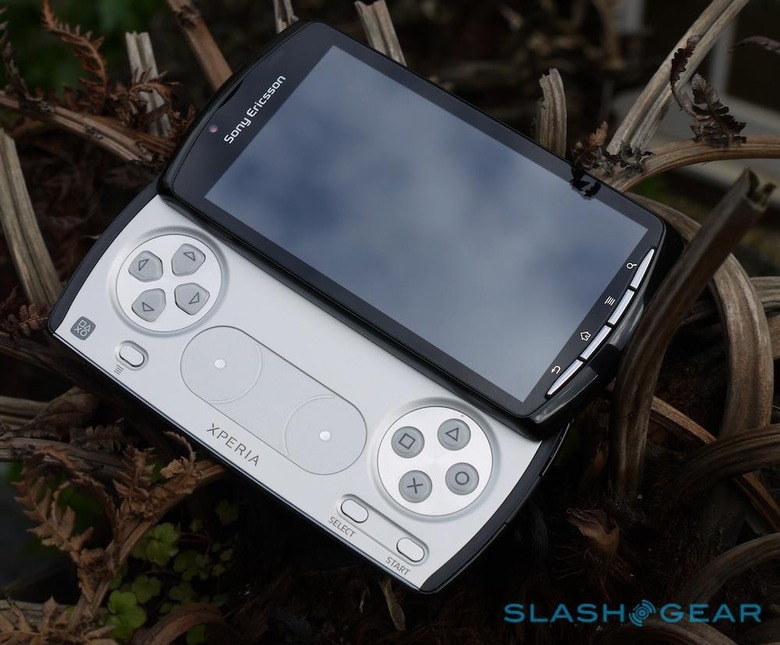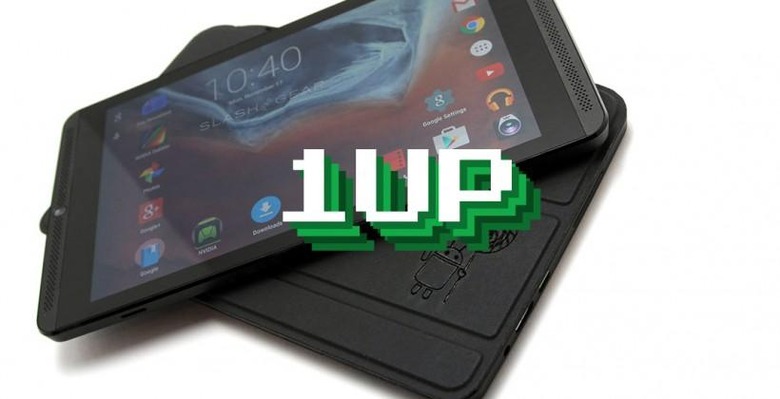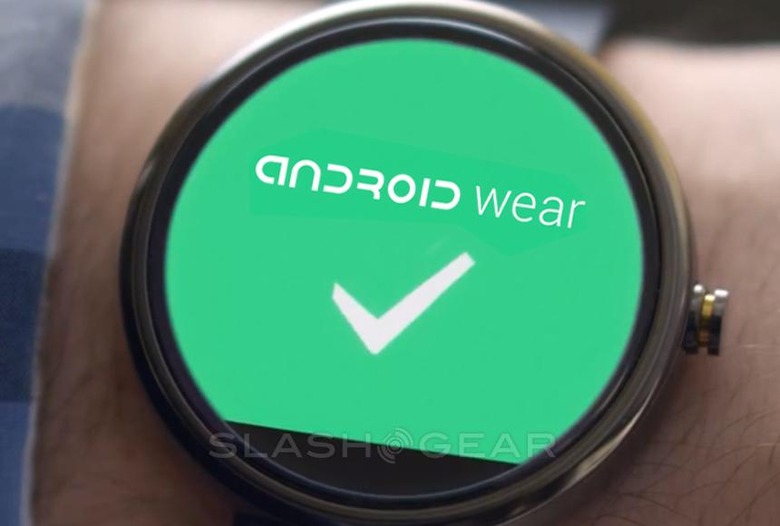Wearables Mean We've Popped The Smartphone Bubble
Manufacturers couldn't cram any more socially acceptable functionality into their smartphones, so they moved their smartphones to your wrist. When we first started seeing so-called "Wearable" devices, it was clear: these devices were either going to be wristwatches or they were going to be extra-tiny smartphones. Or tablets, if you're talking about the devices without phone capabilities. Once the smartwatch launched with a tiny version of Android onboard, it wasn't difficult to access: smartphone innovation was over, and the hype machine was back in action.
Several years ago when I started writing for Android Community, I could write about any new smartphone – just so long as it ran Android – and the community responded. It was fun to see all the new form factors appear.
Smartphone Oddities
Think of the Samsung (Galaxy S) Continuum. Before Samsung found that it could release one hero line of smartphones with the Galaxy S, they released many different iterations – like the Continuum – with odd features like a second display.

There were months – if not years – of hype leading up to the PlayStation Phone. This device was eventually called the Sony Xperia Play.

The Xperia Play kept user attention with its Sony-made PlayStation-friendly gaming controls. Hardware controls, that is to say, released right after the PSP GO.
That's all over now.
Devices like the ASUS Pegasus X002 scarcely get a whisper of attention in the press – mostly because they're not going to hit the United States for sale, but still, the new rule seems to be that if a smartphone isn't a hero phone, it's not really significant enough to the public to pay attention to.
Tablets Incoming
With the first Android tablets we saw a scaled-up version of Google's software. Well before Google concentrated on tablet-sized displays with Honeycomb, Samsung released their Samsung Galaxy Tab line of slates. This was back in the year 2010 and these machines had a 7-inch display with roughly a half-inch thick bezel.
Earlier that same year, Apple released the iPad with much squabble on how they'd also seemed to simply scale-up the iPhone's user interface. Almost as if Apple taped four iPhones together to make one big tablet, they said.

The tablet market is giving way to the enlarged smartphone market. Slumping iPad sales and rising iPhone sales are a microcosm of the larger industry.
For some reason it's easier to sell a big smartphone than it is to sell a small tablet. As if actually using your device to make use of phone calling is important here near the end of the year 2014.

ABOVE: NVIDIA SHIELD Tablet
But tablets have had a serious impact on the industry.
Regardless of what once was called a scaled-up smartphone operating system in Android and iOS, manufacturers have continued to create tablets and consumers have purchased millions of units.
Wearables Death Knell
Smartphone buyers purchase based on price. They purchase based on features – they buy the smartphone they think is best.
Consumers no longer purchase smartphones or tablets because of unique features. It doesn't take a survey to prove this: just look at the devices released by major manufacturers over the past couple of years.
Motorola:Moto X – hero phoneMoto G – cheap phoneLG:LG G3 – hero phoneHTC:HTC One M8 – hero phoneDesire 820 – cheap phoneNexus 9 – Google hero tabletSony:Xperia Z3 – hero phoneApple:iPhone 6 / iPhone 6 Plus – hero phonesiPad Air 2 – hero tabletiPad mini 3 – hero tabletSamsung:Galaxy S6 – hero phoneGalaxy Note 4 – hero phone
Samsung isn't the best example here because they've got a seemingly unending supply of cash with which to create every single size phone and tablet imaginable – but they HAVE scaled back the number of devices they've released in the United States over the past year, at least.

Now that Google has released Android Wear, each of the major manufacturers of smart devices in the USA have released their wearable hero device. Apple will release the Apple Watch in 2015, and each of the top mobile smart device manufacturers inside the USA will have their competitor ready for battle.
Don't expect major change in 2015 with smartphones or tablets.
It's time for smart device creators to summon a new (perhaps artificial) need for new features on smartphones. Only then will we see major upgrades to the devices we put in our pockets.
Until we get another presentation like the one you'll see below, no future device will function substantially different from the smartphone you have in front of you today.
Until there's a need, there is no change.
Until someone or some thing creates a need, real or artificial, there is no change.
